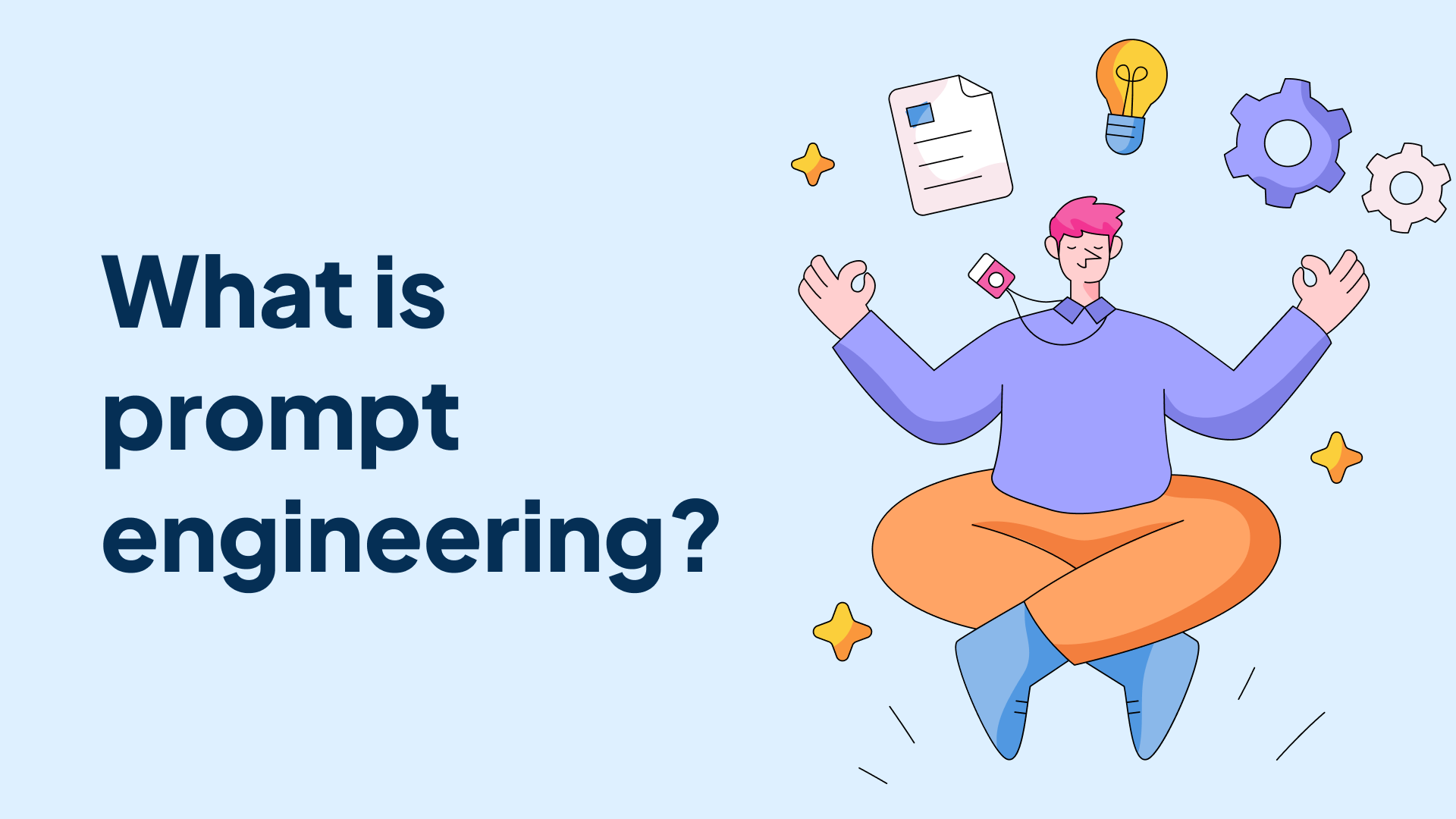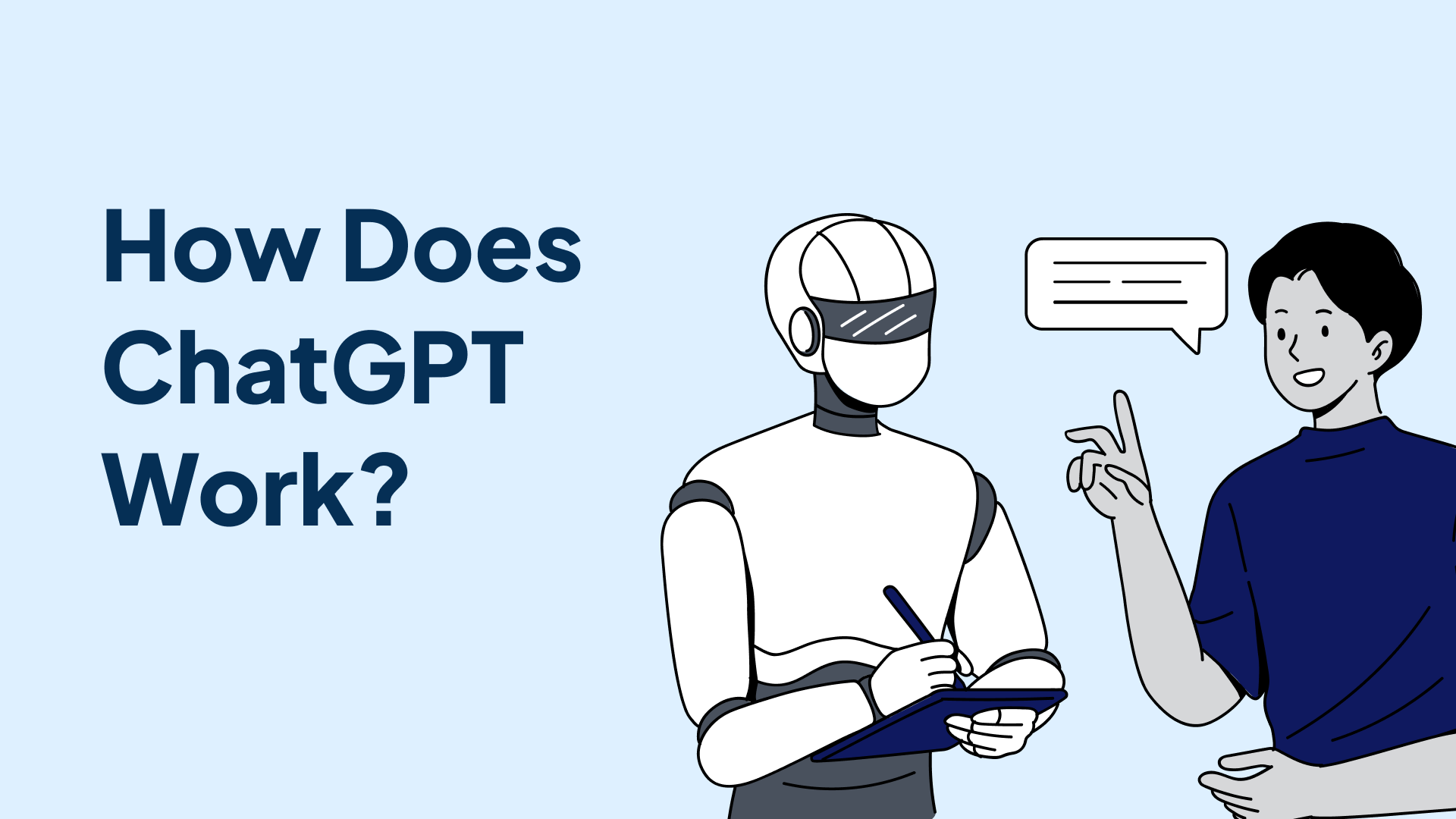Prompt engineering is an emerging field that focuses on designing and optimizing the text inputs, known as "prompts," that are fed into generative AI models like GPT-3 to guide them to produce desired outputs. Just as the quality of ingredients determines the taste of a dish, the quality of prompts is crucial in eliciting accurate, relevant, and coherent responses from AI language models.
In this comprehensive guide, we'll dive deep into what prompt engineering is, why it matters, the techniques involved, and the skills required to excel in this exciting new area. Whether you're an AI enthusiast, developer, or business looking to leverage generative AI, understanding prompt engineering is key to getting the most out of these powerful technologies.
Understanding Generative AI and Large Language Models
To grasp the significance of prompt engineering, it's important to first understand the underlying technologies - generative AI and large language models (LLMs).
Generative AI refers to artificial intelligence systems that can create new content, such as text, images, audio, or code, based on the patterns they've learned from training data. Unlike discriminative models that simply classify or predict based on inputs, generative models can produce novel outputs that resemble the training data.
At the heart of modern generative AI are large language models. LLMs are deep learning models, typically based on the transformer architecture, that are trained on massive amounts of text data to understand and generate human language. By ingesting terabytes of books, articles, and websites, these models learn the intricacies of language - grammar, semantics, context, and even world knowledge.
Some well-known examples of LLMs include:
- GPT-3 (Generative Pre-trained Transformer 3) by OpenAI
- BERT (Bidirectional Encoder Representations from Transformers) by Google
- LaMDA (Language Model for Dialogue Applications) by Google
- PaLM (Pathways Language Model) by Google
- Megatron-Turing NLG by NVIDIA and Microsoft
These foundation models power many generative AI applications we use today, from chatbots and virtual assistants to text summarization and creative writing tools. However, despite their impressive capabilities, LLMs are not perfect. They can sometimes generate irrelevant, inconsistent, or even biased outputs.
This is where prompt engineering comes in. By carefully designing the text prompts that instruct and guide these models, we can significantly improve the quality and alignment of the generated content to our needs.
The Art and Science of Crafting Effective Prompts
Prompt engineering is both an art and a science. It requires a deep understanding of how language models process and generate text, as well as creativity and iteration to discover prompts that produce the best results.
Some key considerations when designing prompts include:
Clarity and Specificity
Ambiguous or vague prompts tend to generate equally unfocused outputs. The more specific and well-defined your instructions are, the better the model can hone in on what you want. Instead of asking the model to "write about dogs", prompt it to "write a 500-word informative article about the history and characteristics of Golden Retrievers."
Context and Framing
Providing relevant context in your prompt helps guide the model's output. This could include information about the intended audience, the desired tone and style, or specific details to include. A prompt like "You are a financial advisor writing a newsletter for millennial investors" sets clearer expectations than just "write about investing."
Formatting and Structure
Specifying the format and structure you want the output to follow leads to more consistent and usable results. Use markdown or other formatting tags in your prompt to indicate headings, lists, code blocks, etc., that the model should include. For example: "Generate a blog post with the following sections: ##Introduction, ##Benefits of Meditation, ##How to Start Meditating, ##Conclusion."
Examples and Demonstrations
Including examples of the desired output directly in your prompt is a powerful technique known as "few-shot learning." By showing the model what good responses look like, you give it a template to follow. For instance, if you want the model to generate product review summaries, include a few examples of well-written summaries in your prompt.
Iterative Refinement
Rarely will you craft the perfect prompt on the first try. Prompt engineering involves an iterative process of experimentation, evaluation, and refinement. Generate outputs, analyze what works and what doesn't, and tweak your prompts accordingly. Tools like OpenAI's Playground make it easy to test and iterate on prompts.
Advanced Prompt Engineering Techniques
As prompt engineering matures, researchers and practitioners are developing more sophisticated techniques to elicit better performance from language models. Some of these include:
Chain-of-Thought Prompting
This involves breaking down a complex task into a series of intermediate reasoning steps in the prompt itself. By walking the model through a logical chain of thought, step-by-step, you can often get more accurate final answers. This is especially useful for tasks that require multi-step reasoning, like math word problems or code generation.
Prompt Tuning and Optimization
Rather than crafting discrete prompts for each task, prompt tuning aims to discover a set of universal "meta prompts" that can be fine-tuned with just a few examples to perform well across many tasks. This is an active area of research that could make prompt engineering more efficient and accessible.
Retrieval-Augmented Generation
Augmenting prompts with relevant information retrieved from external knowledge bases or search engines can help ground the model's outputs in factual data. This is particularly important for applications like question-answering or content generation that require up-to-date, verifiable information.
Prompt Ensembling
Generating multiple outputs from different variations of a prompt and then combining or selecting the best parts of each can lead to higher-quality aggregate outputs. Ensembling is a common technique in machine learning that can be applied to prompt engineering as well.
The Emerging Role of the Prompt Engineer
As generative AI becomes more prevalent across industries, there is a growing demand for professionals who specialize in prompt engineering. Much like how UX designers craft intuitive interfaces for human users, prompt engineers design the textual interfaces through which we interact with AI language models.
Some key skills and knowledge areas for prompt engineers include:
- Strong writing and communication abilities
- Understanding of NLP concepts and techniques
- Familiarity with popular generative AI models and APIs
- Domain expertise in the application area (e.g., healthcare, finance, creative writing)
- Experience with programming languages like Python for automating prompt workflows
- Knowledge of responsible AI practices to mitigate biases and risks
Many organizations, from tech giants to startups, are now hiring for roles like "Prompt Engineer," "Language Model Specialist," or "Generative AI Product Manager." As the field evolves, we can expect to see more formalized training programs and certifications emerge as well.
The Future of Prompt Engineering
Prompt engineering is still a nascent field with plenty of room for innovation and growth. As language models continue to advance in size and capability, effective prompt design will become even more crucial to harness their potential.
Some exciting future directions include:
- Developing standardized prompt formats and sharing mechanisms, like "prompt libraries"
- Automating prompt generation and optimization using machine learning itself
- Exploring multi-modal prompting that combines text with images, audio, or other data types
- Researching prompt security to prevent misuse or adversarial attacks on language models
- Establishing best practices and ethical guidelines for prompt engineering
Ultimately, the goal of prompt engineering is to make generative AI more accessible, effective, and beneficial for all. By bridging the gap between human intent and machine understanding, prompt engineers play a vital role in shaping the future of human-AI collaboration.
Conclusion
Prompt engineering is a critical skill in the era of generative AI. As we've seen, crafting clear, specific, and well-structured prompts can significantly improve the quality and usefulness of outputs from language models like GPT-3.
Whether you're a developer building AI-powered applications, a business looking to automate content creation, or simply curious about this fascinating field, learning the art and science of prompt engineering is a valuable investment.
As the famous computer scientist Alan Kay once said, "The best way to predict the future is to invent it." With prompt engineering, we have the opportunity to not just interact with AI but also actively guide and shape its capabilities for the betterment of all. So let's prompt wisely and responsibly and, together, invent a future where humans and machines can collaborate seamlessly to solve the world's greatest challenges.










